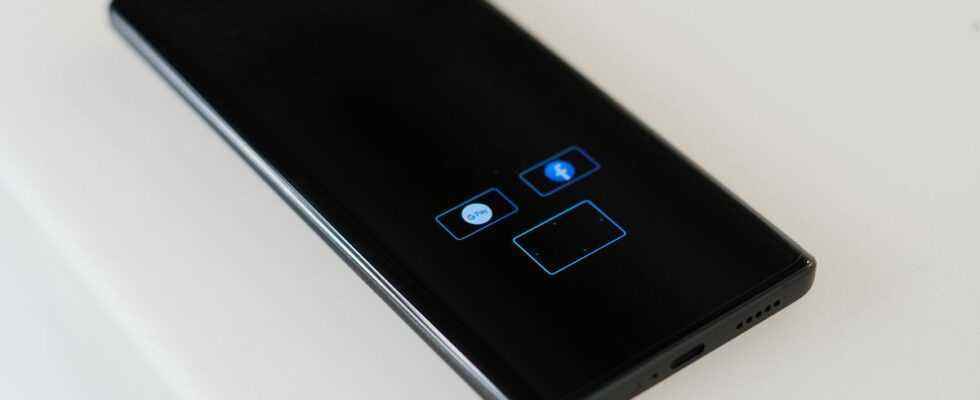4
Fingerprint readers have been fairly widely democratized on our smartphones. But the Vivo X80 Pro is equipped with a particularly efficient ultrasonic model. We looked at how it works.
Vivo X80 Pro
In the absence of offers discover
The X80 Pro is Vivo’s first very high-end smartphone marketed in France. Launched at 1299 €, it targets the premium segment and displays a very extensive technical sheet. In particular, it has a 6.78-inch AMOLED panel which houses a Qualcomm ultrasonic fingerprint reader. A competing technology to the optical readers found on the majority of current smartphones.
A technology that has come a long way
The democratization of Oled screens on almost all price ranges is accompanied by that of fingerprint readers under the screen. Indeed, these panels emit their own light and are therefore thinner than their LCD equivalents which require a backlight. It is thus possible to transmit information through the pixels.
The Vivo X80 Pro has a very powerful fingerprint reader. © The Digital
The operation of an under-display optical drive is quite simple. When the finger lands, the screen emits a strong light under the latter in order to accentuate the reflections formed by the grooves of the finger. It is this result which is then quickly digitized, analyzed and compared to the image recorded on the memory of the smartphone. If it matches, then the unlocking engages.
Ultrasonic sensors work a little differently. Instead of creating a “negative” fingerprint photo, it sends a wave of waves across the surface of the screen to create a three-dimensional image. This mapping makes it possible to obtain a relief result that is even more complicated to imitate, and therefore more secure. It is one of these latest generation models, the 3D Sonic Max manufactured by the American founder Qualcomm, that Vivo has chosen to integrate on the X80 Pro.
Impressive in use
In addition to its enhanced safety, this ultrasonic sensor has many other advantages. Indeed, it is the largest smartphone fingerprint sensor marketed to date. Vivo also specifies that the reading area is 11.1 times larger than a standard optical sensor. This is equivalent to approximately 600 mm² of surface. In use, this means that you no longer have to really look at where you place your finger. Handling is therefore much faster and more natural.
The sensor is much larger than on standard smartphones. © The Digital
The other factor that could put users off was the recognition speed. Although improved, optical sensors could take almost a second to operate. It seems trivial, but too long for an action that we perform dozens of times a day, or even more. The 3D Sonic Max used by Vivo promises unlocking in just 0.2s.
It is very difficult to verify the accuracy of these statements, but in use, the speed of the system seems obvious. The display of the home page is almost instantaneous and the return to a traditional reader is clearly felt. Moreover, the mapping in three dimensions allows you to use it with wet fingers, which can be useful if you often pass your hands under water or when swimming.
The reader works even with wet fingers. © The Digital
The icing on the cake, the configuration of the footprints is significantly faster than before. A single press on the slab saves it. It’s always nice when you want to do it on several fingers.
Welcome software optimizations
Vivo has taken advantage of this sensor in software by offering the possibility of dividing the space to create shortcuts. As on many other smartphones, it is possible to lock a sensitive app (messaging, bank, etc.) so that it is only accessible to the holder of the fingerprint.
The X80 Pro thus offers to add two apps of your choice to the unlock zone in order to unlock them on the fly. This has the effect of reducing the initial surface, which then measures more or less the same size as on a standard smartphone. Very useful if you make many payments with your mobile.
It is possible to divide the unlocking area to integrate apps to unlock on the fly.
This sensor also makes it possible to configure authentication using two fingers. Additional security always good to take, especially if you perform sensitive operations. It also works perfectly, as we were able to test here on the Photo Album application. However, it will be reserved for more sensitive apps that are used less often…
Double authentication on the Vivo X80 Pro. © The Digital

